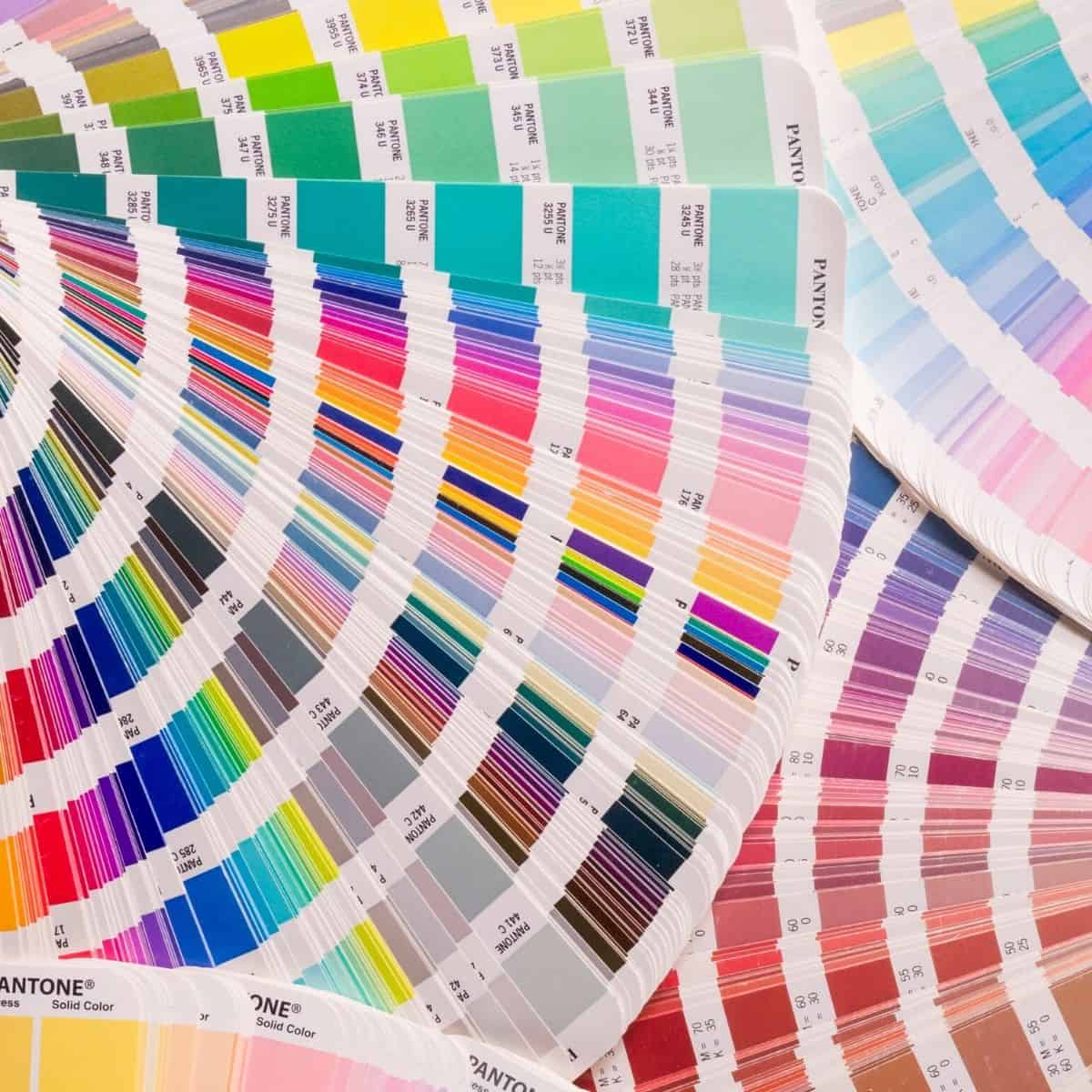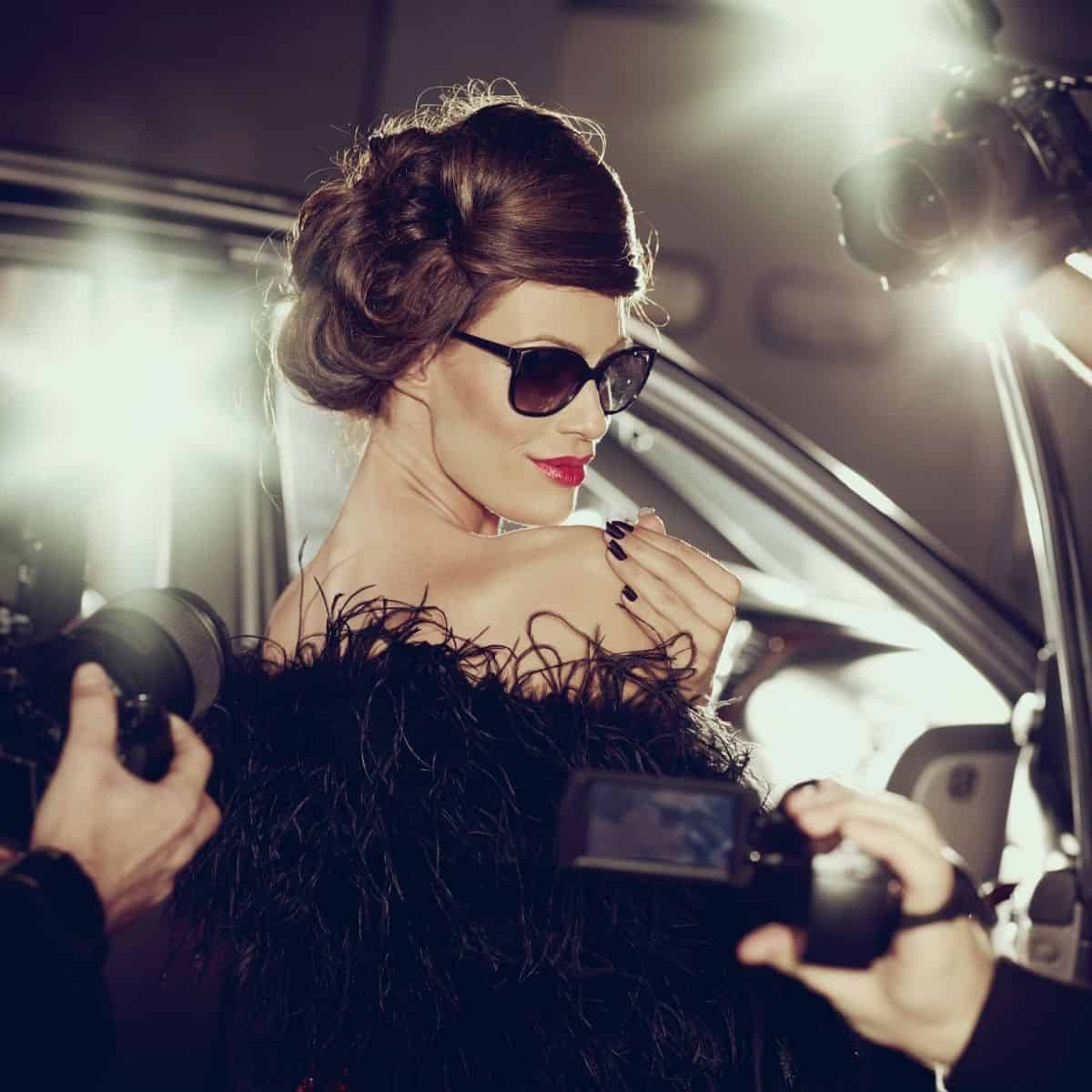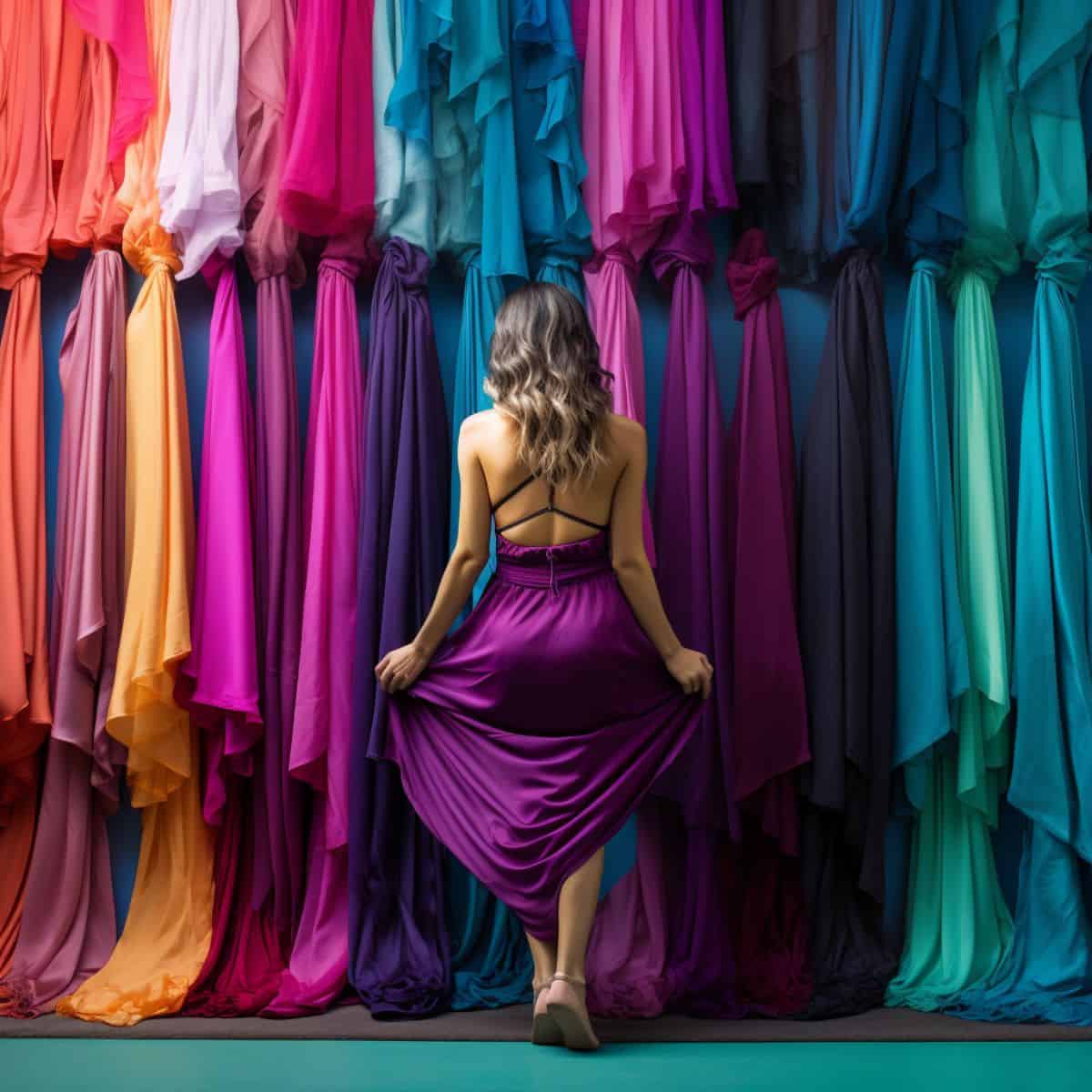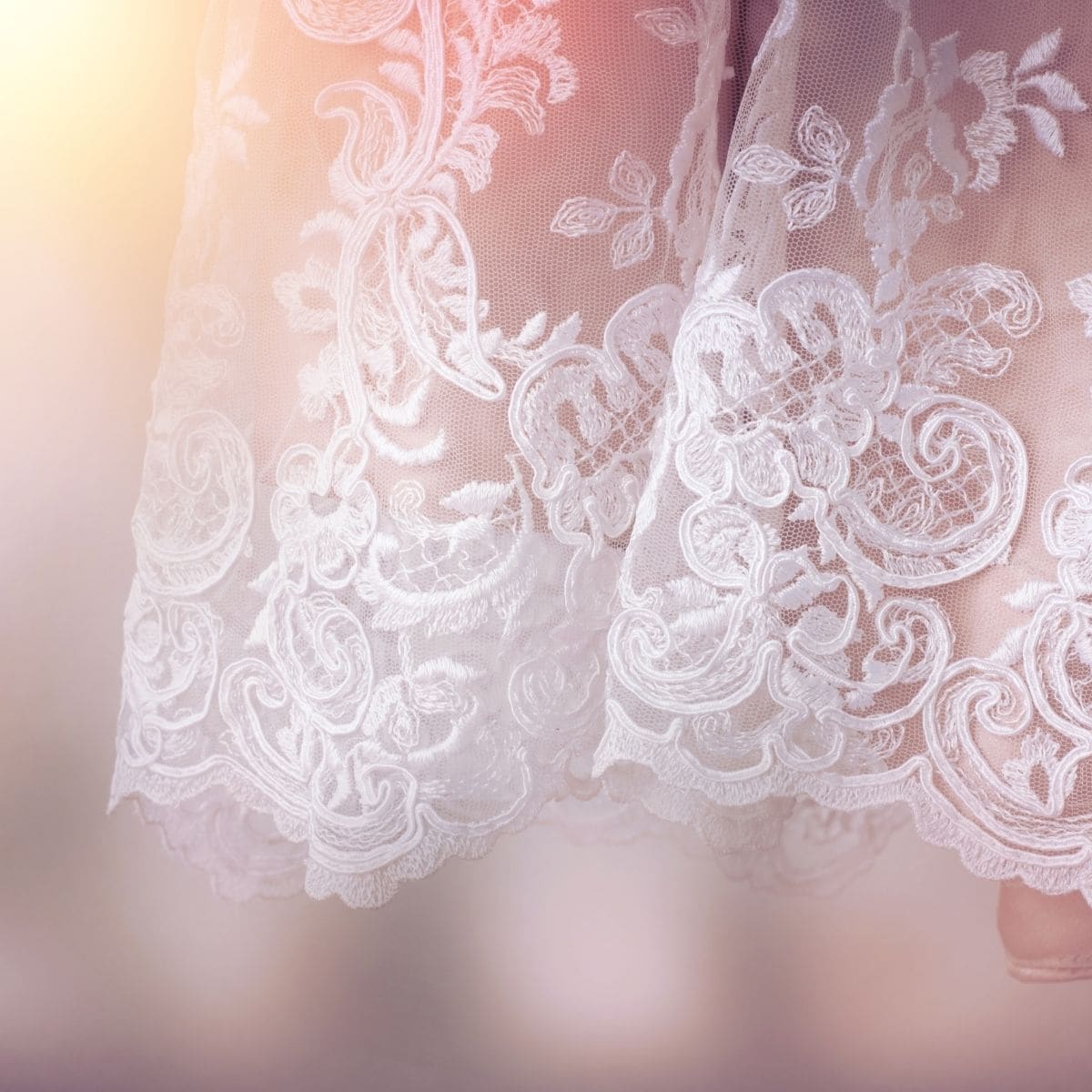What’s My Color Season? 3 Tips from a Professional Color Analyst
Simplify finding your color season with these 3 easy tricks to discover your hue, value, and chroma.
Are the colors that you wear really that important? Believe it or not, they actually are. Today, I’m talking about one of my most favorite things when it comes to style, and that is color analysis and color seasons.
Hey lovely, I’m super excited to be talking about color analysis today and really giving you an inside glimpse as to how we use this process to determine a color season. I’m giving you the best tips here, so you can find your own color season at the end.
Before I knew anything about color analysis I made some pretty hilarious mistakes when it came to the colors that I chose to wear. Not long ago, I was going through some old boxes that had come out of storage, and I came across a picture from a formal dance I had attended in high school (over 20 years ago). In this picture, I was wearing this frothy light yellow ball gown with a huge organza skirt. I’ve always been extra haha.
But what’s so funny about this picture is how completely terrible I looked. At 17, I’m at the height of when you’re supposed to come into your coloring and when it intensifies into maturity. I looked so terrible in the picture; my face was white like a ghost, really dark hair standing out against my skin. I was wearing red lipstick that made it even worse and I had no idea when I bought the dress. I looked at that picture and I could not help but to laugh and laugh at how horribly unflattering that color was for me. Now I know why and I understand all the facets of color, and I would never choose that color for myself.
Color analysis is such a fascinating subject. It actually dates back to the early 19th century, when color seasons were traditionally based off of the four seasons. This process experienced a huge regeneration in the 80s, you may have a mom or a grandmother or an older female relative who was really, really into this in the 80s. You may have actually benefited from their experience telling you, “Hey, I think you are this type, and you should stick to these colors.”
Color analysis has come a really long way since the 80s, it’s grown from a four-season system to a 12 or 16 color season system. It has a lot of different facets that form each color season. It’s a really awesome tool for taking charge of your wardrobe, and it’s something that I always recommend starting with when it comes to revamping your wardrobe and getting a grip on your personal style. But the truth is that discovering your color season can actually be really tricky, just because of the fact that it has become so complicated and such a detailed process these days.
Today I’d really love to break down the 12-season method of color analysis a little bit deeper to help you understand the attributes and features that make up each of these seasons. Then you can try to discover your own color season a little bit better.
Seasonal color analysis is built upon the concept of color theory, and there are three focus areas that we put together to make up the color seasons. I’m going to go into these a little bit deeper, but these are the concept of hue, which is essentially whether you’re warm or cool (this is your undertone). The second area of focus is your value, and this is whether or not you are a light or dark, and then the third area is the area of chroma, and this is whether you are bright or muted.

Table of Contents
Color Season Aspect: Determine Your Hue
Let’s start with hue because it’s the one that’s probably most familiar to people who have never heard of color analysis. This is the concept of warm-skinned versus cool skinned, and even though I call it that, it’s not what we’re talking about at all. When we talk about hue (warm versus cool), we’re actually talking about the relationship of the undertones and overtones of your skin.
If you’ve ever tested make-up, you know that sometimes they put make up on different areas of your body and some of them look very orange or very pink and they don’t go well with your skin. This is a function of your overtone.
What happens with color analysis is that people see how colors react with their overtone and think this influences their color season. The reality is your color season is actually a feature of both undertone and overtones, but whether or not you’re warm versus cool is traditionally something that happens with your undertones.
First, I want to dispel the big myth of color analysis right now. Your vein color has absolutely no bearing on whether you have cool or warm undertones. Green and blue veins don’t matter because your overtone is possibly masking your true undertone.
The real way that you can find your undertone as far as whether it’s cool or warm is to focus on what happens to your cheeks when you get excited or flushed with exercise or activity. You’ll notice that your cheeks flush with a red toned color, and if this color leans more purple/blue like violet or magenta, this is the function of a cool undertone. If the flesh in your cheeks is more of a coral/orange color, this is showing that you have a warm undertone.
You can’t fake this and make up doesn’t hide this; you’re going to flush how you’re going to flush because of the nature of your undertones and your overtones together. This test is one of the best ways to determine whether you are warm or cool.
This is the primary thing that you consider, but about 68% of people are pretty neutral and their undertone and overtone mixes in a way that they don’t have a clear warm or cool nature to their skin.
In this case the other two aspects of color analysis become much more important because one of them is the most important element of your appearance.
Let’s talk about the other attributes of color analysis that come from color theory, which is an art-based concept, and these are the two aspects of value and chroma.
Color Season Aspect: Determine Your Value
Value simply means where you fall on the spectrum from light to dark, white to black. This is lightness of colors versus the depth and darkness of colors.
Value is often misunderstood. It’s especially confusing for women of color, because the old advice says that if you are dark skin, you’re obviously dark in value, but this is really not true at all.
You can be a woman of color and be a summer type, which is one of the lighter types. If you’re a woman of color, it is not impossible.
There are no impossibilities when it comes to color analysis, because everyone of you is unique and beautiful and wonderfully made by the Creator.
Another myth when it comes to value (light versus dark), is that if you have dark hair, you’re automatically not a light season. This is false as well, because the lightness and the darkness that we’re talking about is really something that happens with your skin only.
This is the true secret of seasonal color analysis. These other things like hair color or eye color are a factor in color analysis overall, but they are definitely not the most important thing. The most important thing when it comes to seasonal color analysis is how your skin reacts to different colors based on these three attributes that we’re talking about today.
So to sum that up really quick, you can have dark hair and still be a light season, you can have light hair and still be a dark season because it’s all about your skin.
To test out this portion of color analysis, light versus dark for you, is choose a color family like red or purple. Then get two different shades of that color, so you would choose for purple a deep eggplant light lavender. Drape those around your face and see which one looks better. You can also add a medium one here to see if your value is light, medium or dark.
What you’re looking for when analyzing how colors interact with your skin is whether it highlights imperfections. It could make under-eye bags more prominent or the lines in your face deeper. Bad colors also make your skin look mottled or cast an unnatural color to your skin like green, gray, yellow, or orange.
If you find when you do this exercise that the medium color is the best versus the dark or the light, then you need to focus on this third area, which is called chroma.

Color Season Aspect: Determine Your Chroma
Chroma is a concept of saturation, and by saturation I mean bright versus muted.
For this aspect, I have a nifty little trick called the black and white photo. Take a picture of yourself in natural light, and then convert it to grayscale or black and white. Look at how the colors of your hair and skin and eyes interact with each other once you remove the colors themselves.
You may find is that everything within your face and hair all looks the same. Without a high level of contrast between your hair, skin and eyes, you may be muted. If you notice that your eyes really stand out against your skin and your hair really has a lot of contrast to your face, you’re probably looking at a bright chroma.
Combining the Aspects to Make Color Seasons
First, let’s take a high level overview. Each of these attributes corresponds to the four main color seasons:
- Hue
- Warm: Spring and Summer
- Cool: Summer and Winter
- Value
- Light: Spring and Summer
- Dark: Autumn and Winter
- Chroma
- Muted: Summer and Autumn
- Bright: Spring and Winter
You can take these three attributes and do these exercises, then answer these questions:
- Where do you fall on the hue scale? Are you warm, cool or neutral?
- Where do you fall on the value scale? Are you light or dark? Are you medium?
- Where do you fall on the chroma scale? Are you bright? Are you muted and soft? Or are you somewhere in the middle?
It’s very common to be in the middle and at least one of these areas, sometimes two. If you’re definitely on one end of the spectrum in one of these aspects, that is going to be the primary characteristic that you need to consider.
Now that you have these three areas of color analysis that all analysts use to determine color season, take note of your dominant characteristics to find your likely season from the following list:
- Cool and light: Light Summer
- Cool and muted: Soft Summer
- Cool and bright: Clear Winter
- Cool and dark: Deep Winter
- Cool, dark, medium: Cool Winter
- Cool, light, medium: Cool Summer
- Warm and light: Light Spring
- Warm and bright: Clear Spring
- Warm and dark:: Deep Autumn
- Warm and muted: Soft Autumn
- Warm, dark, bright: Warm Autumn
- Warm, light, bright: Warm Spring
Final Thoughts on Color Analysis and Your Color Season
Finding your color season is so powerful. It’s really changed my own wardrobe, and I’ve watched it change hundreds of my client’s wardrobe and really simplify their style. Because even when your body changes and your style changes, your colors don’t really change, so they’re with you for the rest of your life.
It’s such a fun experience to find the colors that make you look your best and feel your best, and those that you really love to wear.
If you want to go even further and learn more about color analysis checkout the DIY color analysis course Personal Prism.
This will walk you through all these steps (and more) in great detail and help you find your color season once and for all.
Related Color Analysis Articles:
Discover your color season using these 3 tricks from a professional color analyst.
Stacey is the owner and creator behind Radiantly Dressed. She is a certified image consultant and AICI member focusing on creating simplicity in wardrobes via color and style.


















I just ordered the $29 warm autumn color guide. It arrived but was lost when trying to save. Can you resend? Jewel Mastrogiovanni
Hi Jewel! Thanks for your purchase. You can access your products here. Your email and password are the ones you used to purchase.
Dear Stacey, thank you so much for your valuable content! Now I understand that I must definitely drop yellowish greens -which I adore- and browns, and the reason why I hate mauve and orange. It will really help me to build a better relationship with my clothes.
I followed your tips to find my color season and I definitely have a cool hue and a bright chroma -black hair and pale skin, with a pinkish hue, and spring eyes. However, I’m not sure about my value. When I tested out draping different shades around my face, I didn’t notice any significant effect; however, I like myself in navy and black. Am I a clear winter, or maybe a cool winter?
I know I am still some sort of autumn, but which one? I was diagnosed as a deep autumn a few decades ago and lived in those colours for years, they felt so right, dark but neutral warm. Then my colouring changed a bit with age. I dyed my hair mid brown, instead of darkest brown and my eyes, quite naturally went from deepest olive to a more grey/green mix, quite a bit lighter. My skin has always been very pale ivory tone. I cannot wear those very deep colours any more. In theory, I feel I should have moved to soft autumn, especially as the colours are neutral warm too, but my skin is so pale, these colours mostly wash me out. I have tried to dress as warm autumn, but the colours are just too warm, and make my skin flush. I have gone to different colour analysts in person in recent years and come out – bright spring, warm autumn and warm spring. I have tried to live as a spring, but the colours are just too bright and overwhelm me. Not sure where to go from here and lost faith in colour analysis, unfortunately!